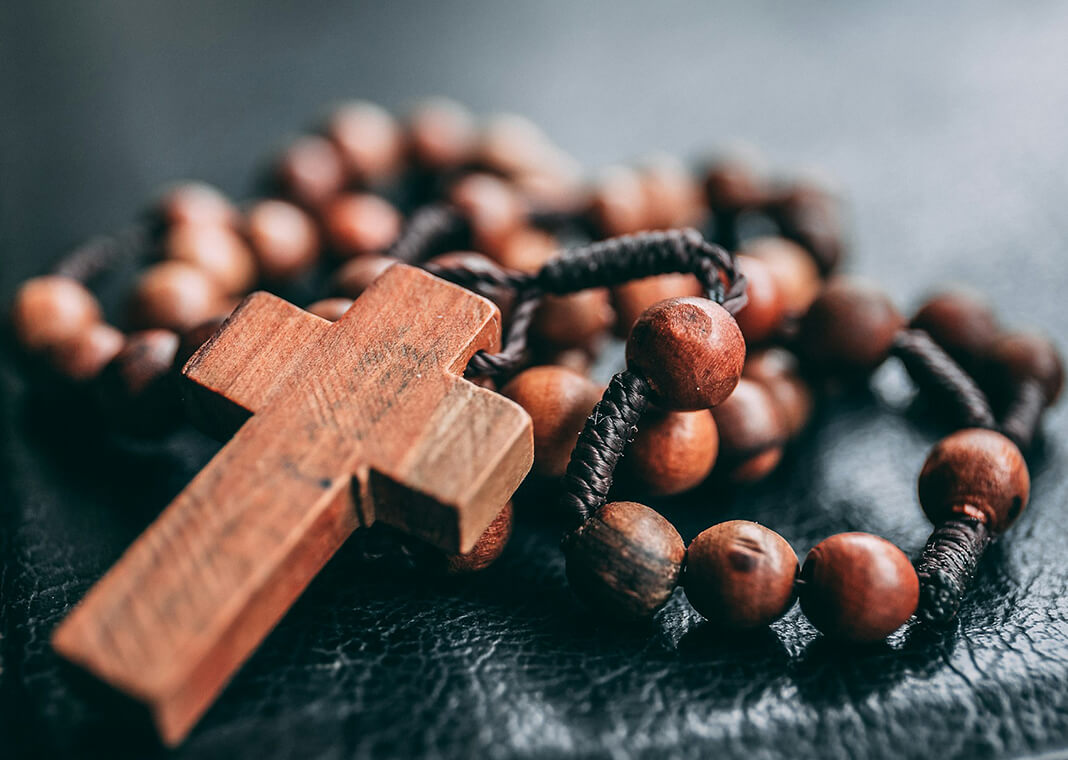
Trauma leaves an imprint, not just on our memories, but on our bodies, our relationships, and our sense of self. St. Ignatius of Loyola knew this well. He suffered a near-fatal battle wound that changed the course of his life. During the long months of recovery, he encountered Christ in a profound way, setting Ignatius on the path to spiritual renewal.
In today’s world, we experience trauma in many forms: grief, loss, anxiety, and old wounds that linger beneath the surface long past their expiration dates. These wounds can distort how we see God, ourselves, and others. Even so, healing is possible, and prayer is a powerful tool in that journey.
The Rosary, with its gentle repetition and rhythmic cadence, offers a place where we can process pain in the presence of God. Neuroscience confirms what mystics have long understood: meditative prayer regulates the nervous system, calming the fight-or-flight response that trauma often triggers. This means that when we pray the Rosary, we are not merely reciting words, but we are engaging in an embodied prayer that soothes the soul.
Moreover, the Mysteries of the Rosary reflect our own struggles. In particular, the Sorrowful Mysteries resonate with people who have suffered deeply. As we meditate on Christ’s agony in the garden, his scourging, and his carrying of the Cross, we are reminded that he, too, endured suffering. And yet, his suffering was not the end of the story; neither is ours.
The Jesuit tradition teaches that God is present even in the darkness. Praying the Rosary helps us bring our wounds before God, not in despair, but in trust. Who better than Mary, who watched her Son suffer, to understand our pain? And so, she walks with us, offering comfort, hope, and reassurance that healing is always within reach.
If you are carrying the weight of past wounds, let the Rosary be a balm for your heart. Healing is not forgetting; it is transforming pain into a deeper understanding of God’s love. Through this prayer, may you find the peace, strength, and grace to move forward.
Photo by James Coleman on Unsplash.
